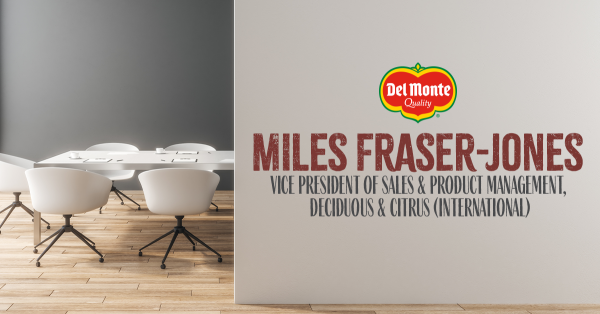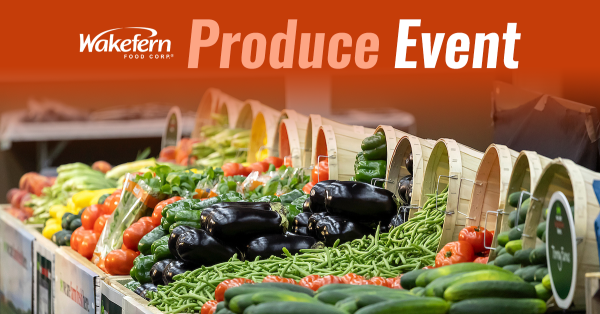
Sonar Bot Used to Predict Produce Yield
ISRAEL - Researchers are bringing robotics to yet another aspect of farming, this time to help predict yield. With a technology that I am fondly picturing as something out of Batman, a team at Israel’s Institute of Agricultural Engineering and Tel Aviv University is looking to mount a robot onto a sonar system to make this next breakthrough in cutting edge ag.

“Up until now, farmers were working out this information on a hunch, or with not particularly accurate estimating tools like using the naked eye to look at a small sample,” Dr. Avital Bechar, leader of the team, told news source Digital Trends about yield projection.
To make this practice a surer thing, the institute has worked to develop the automated “AGRYbot” sonar system, described by the report as a “robotic sonar for yield assessment and plant status evaluation.”
“We’ve found that [the current practice] can result in up to 50 percent errors,” Dr. Bechar explained. “Compared to that, our technology gives us very high accuracy with regards to the weight and yield of a plot. In addition, we can pinpoint the exact locations in a plot that give more or less yield, so that the reason for this can be examined.”
So how does AGRYbot work? This is where my Batman analogy comes in.

The robot, on its sonar mount, identifies acoustic signatures of objects on the farm by sending out waves and analyzing the data. Then, the team said the bot uses smart algorithms that enables it to recognize, or “see,” and differentiate between fruit trees and greenhouses, and even the difference between the leaves of a plant and the fruit. Finally, it can provide you readings of the numbers of leaves on a given tree and the weight of its fruit, within 100 grams according to Digital Trends.
See the little mobile in action in the brief snapshot below:
A prototype is already working both indoors and outside, and Dr. Bechar said that the team hopes to have a production line model in the “next several years.”
I for one, am excited for this tech to hit the U.S. and beyond.


















